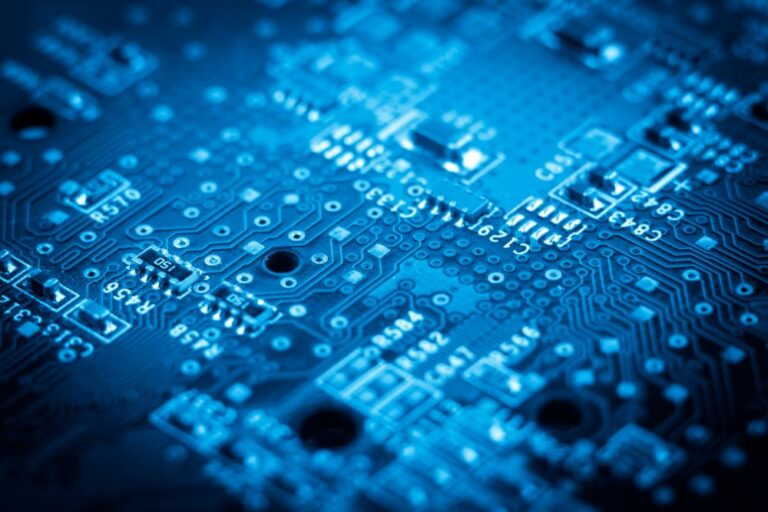AIOps Evolution Podcast | Season 2
Interview with Russel Wilkinson from Dynatrace
In the AIOps Evolution Podcast this week, Sean had Russell Wilkinson, Partner Engineering Manager at Dynatrace, on to discuss an often glossed over topic in AIOps – legacy system monitoring and optimization.While it’s possible for large enterprises to adopt new technologies, applications, and processes fairly easily, this is not the case for all companies. For some it’s a matter of budget and for others it’s that the effort to migrate to the cloud isn’t feasible. AIOps is a viable solution to keep legacy systems relevant.
TL; DR
AIOps understands dynamic environments
AI for IT Operations (AIOps) impacts everything we do from autonomous cars to video streaming that predicts what you may want to watch next. As with any AI system, it requires a lot of data to learn how to predict your next binge-worthy show on Netflix.
Our environment is inundated with data, and the IT department is practically swimming in it these days. Finding flow with ballooning data points is challenging, but not impossible with AIOps. With this abundance of data, AIOps can process it to produce a specific outcome without any predisposition on the outcomes. In terms of a self-driving vehicle, that could mean feeding data into a car about a destination you’re heading, then feeding the exact criteria for ‘how to get there’ into the AI.
From the perspective of IT Operations, we can turn Application Performance Management (APM) into intelligent observability. Russell states, “It’s about understanding a dynamic application architecture to then turn around and present back information to you.”
Bringing legacy apps up to the speed of now
As business and technology leaders consider AIOps investments, they want to know what the primary use cases are. In a nutshell, where can we see the highest ROI for the organization? Russell says that really depends on the applications in your environment, in particular legacy applications.
Many established companies and Fortune 500 organizations maintain legacy IT systems and applications for years, if not decades. They keep these systems because they often cannot afford to fully migrate or adopt the latest technology on the market; or they have the “if it’s not broke, don’t fix it” attitude about their processes. These legacy systems cannot always keep up with the rapid change of technology adoption, as well as migration to the cloud or other hybrid architectures.
Russel states, “…you’re dealing with new application architectures that are coming to market that are dynamic and ever changing. And so trying to keep up with that rapidity of change, whether that’s new technologies, whether that’s just repurposing what the architecture looks like on a given day to day basis, based on loads and other parameters, the AI has to make sense of that data set.” This is where AIOps can help bring legacy applications up to the speed of modern times.
How to manage legacy IT applications in a modern way
Legacy IT systems are going to be used no matter what the time or technological advancement; so they need to be leveraged with AIOps to keep them relevant. The financial services sector is one of these examples. While we still have on-prem data centers and banking done in a building, they are also modernizing the user experience and building new application sets to engage this new set of users.
Of course, as with any transition to a new model, there are some systems that won’t support legacy components. When moving applications to the cloud, these interdependencies can cause deployment delays and reliability issues. Here’s how AIOps can help resolve these errors and increase up-time:
- Diagnosis – Where humans would spend perhaps hours searching for a cause of failure in an application, AIOps can comb through a dataset and identify an anomaly in the system. It returns that diagnosis to the IT team, enabling them to focus on resolution instead of hunting for a data point in a million.
- Solution suggestions – The ultimate goal of AIOps is a self-healing environment; however, it’s important to keep humans as part of the equation. That’s why a good AI system will not only diagnose the system, but make a suggestion for how to fix a problem with a legacy component.
Legacy system delays and failures are notoriously difficult to diagnose, but AIOps can cut through the mountain of log files to find the source of the problem. It may be able to suggest solutions to the problem; and it should get better in these suggestions over time as it learns.
Continuous automation feeds better AIOps outcomes
The real test of an AIOps system is found in the ability to scale with the business; whether it has legacy IT systems or the most up-to-date technology on the market. It does this through continuous automation that ties seamlessly into an IT environment. This way, the AI gets fed the latest information and data that translates from anomaly detection into automated self-healing events. That’s the power of AIOps at work.
Russell relates that with continuous automation in the AIOps platform, about 93 percent of ‘bugs’ are caught before they affect users. That’s a huge leap from only 10 percent of ‘bug’ reporting in legacy systems that are flying under the radar without the support of AIOps. As these use cases continue to grow in number, we will certainly see companies adopt AIOps as part of their core systems to feed better AIOps outcomes and maintain systems at peak levels.


